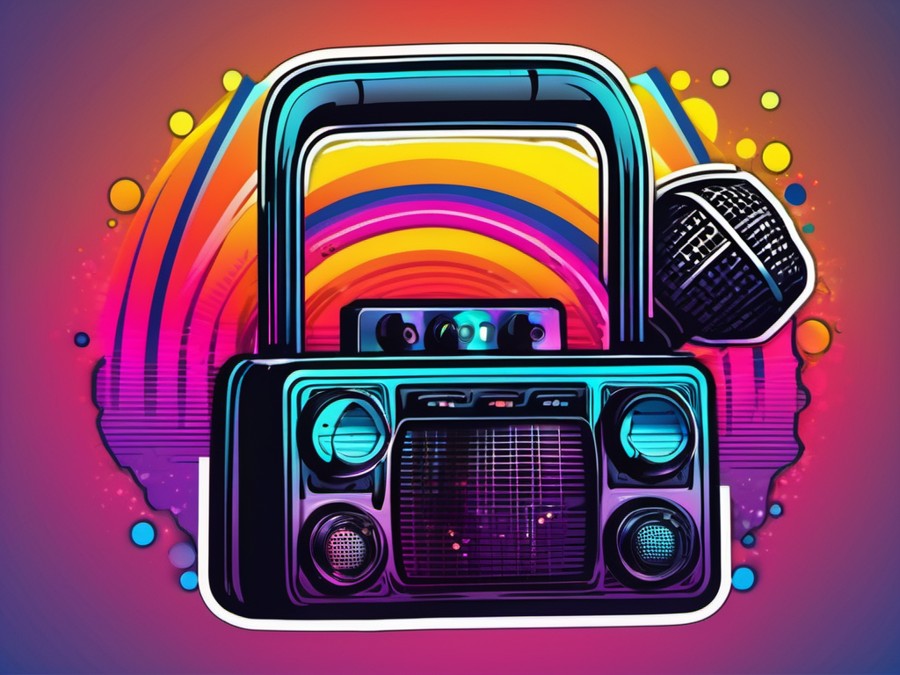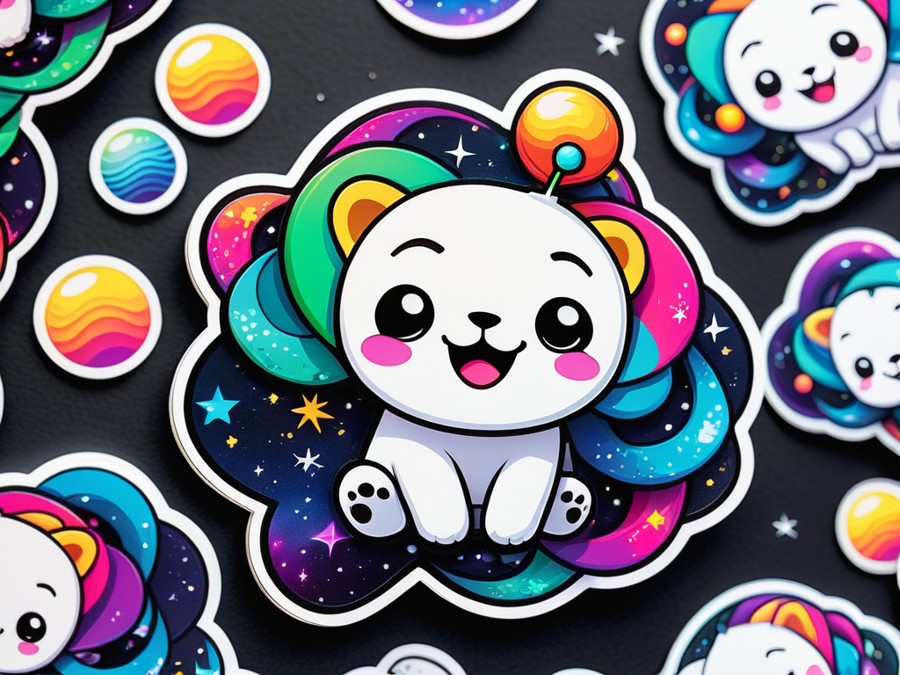· Charlotte Will · CB Radios & Scanners · 5 min read
What is Squelch on a CB Radio and Why Is It Important?
Discover the importance of squelch on CB radios and how it enhances communication quality. Learn best practices, real-world scenarios, and common myths about squelch in this comprehensive guide.

In the world of communication, CB radios have stood the test of time as reliable tools for many purposes. Whether you’re a trucker, an adventurer, or someone who likes to stay connected during emergencies, understanding your CB radio’s features is crucial. One such feature that often gets overlooked but holds immense importance is squelch. So, let’s dive in and explore what squelch is on a CB radio and why it’s important.
Understanding CB Radios: A Quick Overview
What Are CB Radios?
CB radios, or Citizens Band radios, are two-way radio communication devices that operate on 40 channels within the 27 MHz band. They are widely used for short-distance communication, primarily in vehicles and on job sites.
Common Uses of CB Radios
CB radios are versatile and find use in a variety of scenarios:
- Emergency Communication: In areas with poor cellular service, CB radios can be lifesavers.
- Professional Use: Truckers, construction workers, and other professionals rely on CB radios for daily communication.
- Recreational Use: Many enthusiasts use CB radios for hobbies like ham radio operation.
Introduction to Squelch on a CB Radio
What Does Squelch Do?
In simple terms, the squelch feature on a CB radio controls the threshold for receiving signals. It helps filter out background noise and static, allowing you to hear only the important parts of the conversation.
How Does Squelch Work in a CB Radio?
When you turn on your CB radio, it’s constantly listening for signals. The squelch feature mutes the audio until a signal strong enough to be considered valid is detected. This prevents you from hearing unnecessary background noise and static.
The Importance of Squelch: Enhancing Communication Quality
Noise Reduction and Static Control
One of the primary benefits of using squelch is its ability to reduce noise and static. In areas with high interference or weak signal strength, the radio can pick up a lot of unwanted sounds. Squelch helps eliminate this, keeping your communication clear and focused.
Improving Signal Clarity
A well-adjusted squelch setting can dramatically improve the clarity of the signals you receive. This is particularly important in environments where clear communication can make a difference, such as during emergencies or in professional settings.
Minimizing Interference
Interference from other electronic devices or environmental factors can be a pain. Squelch helps minimize this interference, ensuring that only the strongest and most relevant signals come through.
Implementing Squelch: Best Practices and Tips
Adjusting Your Squelch Settings
- Locating the Squelch Control: Most CB radios have a squelch control knob, usually labeled “Squelch” or “SQL.”
- Fine-Tuning for Optimal Performance: Start by tuning the squelch to a higher setting. Gradually lower it until you start hearing faint signals or static. Then, adjust slightly upwards to eliminate the noise while still catching weak signals.
Using Carrier Squelch vs. Noise Squelch
- When to Use Each Setting: Carrier squelch detects the presence of a signal, while noise squelch filters out static and background noise. Both have their use cases, depending on the environment.
- Benefits of Both Settings: Understanding when to use each type can greatly enhance the effectiveness of your CB radio communication.
Real-World Scenarios: When Squelch Makes a Difference
Long-Distance Communication in Remote Areas
In remote areas where signal strength can be low, squelch becomes vital. It ensures that you only hear meaningful signals, reducing the frustration of dealing with static and noise.
Urban Settings with High Interference Levels
Cities are rife with electronic interference. Properly setting your squelch can make a significant difference in filtering out this noise, ensuring that you can communicate effectively even in the busiest environments.
Emergency Situations and Weather Conditions
In emergencies, clear communication is critical. Squelch helps ensure that important messages are heard clearly, even in adverse weather conditions that could otherwise interfere with the signal.
Comparing Squelch to Other Noise Management Techniques
Squelch vs. Noise Cancellation Features
While both aim to improve signal quality, squelch is more about controlling the threshold for what signals are heard. Noise cancellation, on the other hand, focuses on actively filtering out noise from the signal itself.
How Squelch Complements Other Signal Enhancements
Squelch works best when combined with other features like gain control and external antennas. Together, these enhancements can provide a significant boost to your CB radio’s performance.
Common Misunderstandings and Myths About Squelch
Does High Squelch Mean Better Reception?
Not necessarily. A high squelch setting can block weak but important signals. Finding the right balance is key to optimal performance.
Separating Fact from Fiction in CB Radio Communication
There are many myths about CB radio communication, but understanding the basics like squelch can help you separate fact from fiction and make the most of your device.
Conclusion: Embracing Squelch for Better CB Communications
In summary, the squelch feature on your CB radio is not just a nice-to-have; it’s an essential component for clear and effective communication. By understanding how to adjust and use squelch effectively, you can enhance the performance of your CB radio in various environments. So go ahead, experiment with different settings, and see how squelch can transform your CB radio experience.
FAQs: Answering Your Questions About Squelch on CB Radios
What Happens If I Don’t Use Squelch?
If you don’t use squelch, you’ll likely hear a lot of background noise and static, which can make communication difficult.
Can I Overuse Squelch?
Yes, setting the squelch too high can block out weak but important signals. It’s all about finding the right balance.
How Do I Know If My Squelch Setting is Too High or Too Low?
If you’re hearing too much static, your squelch might be too low. If you’re missing important signals, it might be too high. Experimenting is the best way to find the right setting.
What Other Features Can Enhance My CB Radio Communication?
Features like gain control and external antennas can greatly improve your communication quality. Combine these with squelch for the best results.
Troubleshooting Common Squelch Issues
If your squelch isn’t working properly, check the connections and make sure all components are functioning correctly. Sometimes a simple reset can do wonders.
For more insights into CB radios and their various features, you might find these articles useful:
- What is a CB Radio Base Station and How Do You Set It Up?
- What is the best shortwave radio for emergency preparedness?
Stay tuned and happy communicating!




